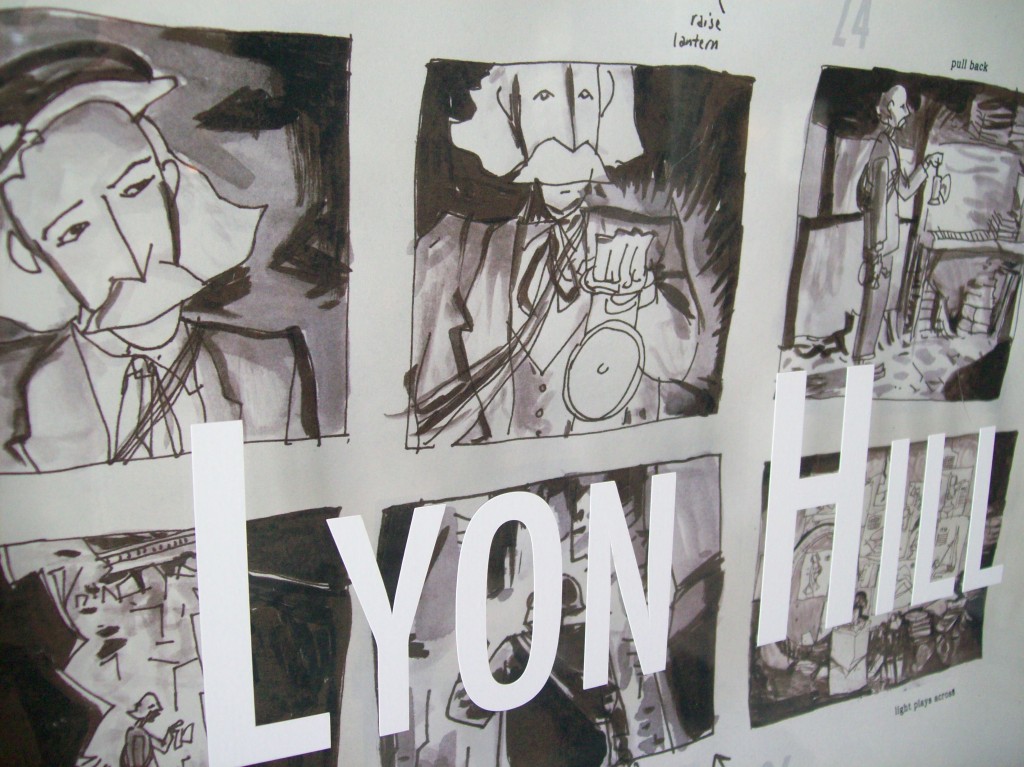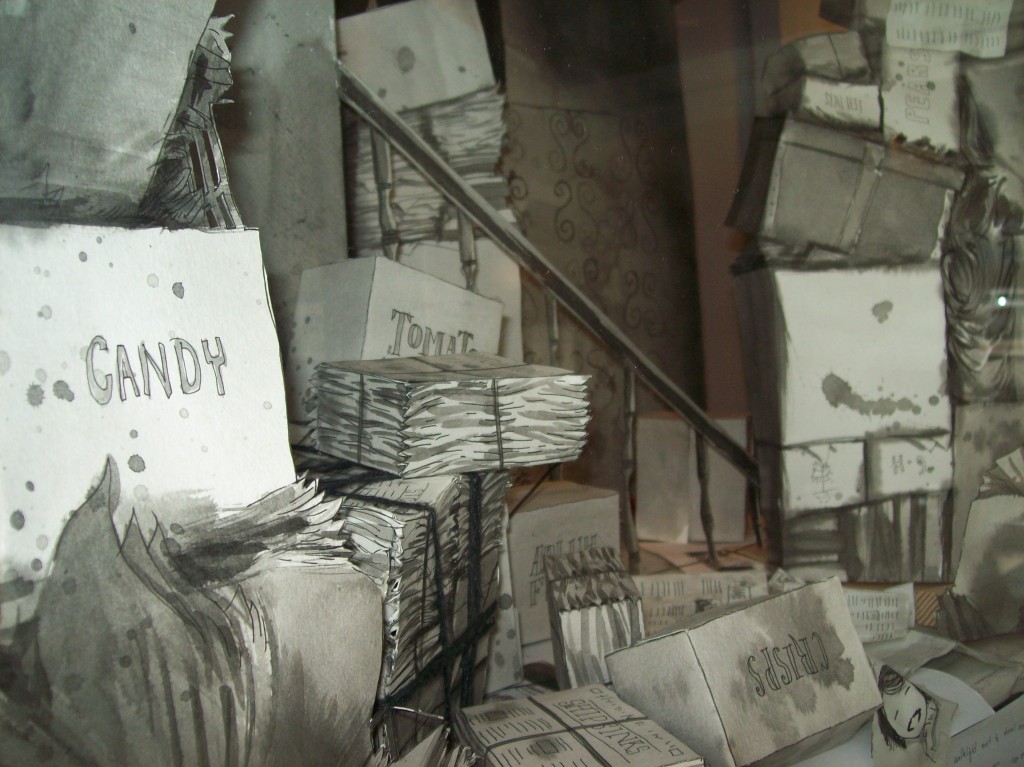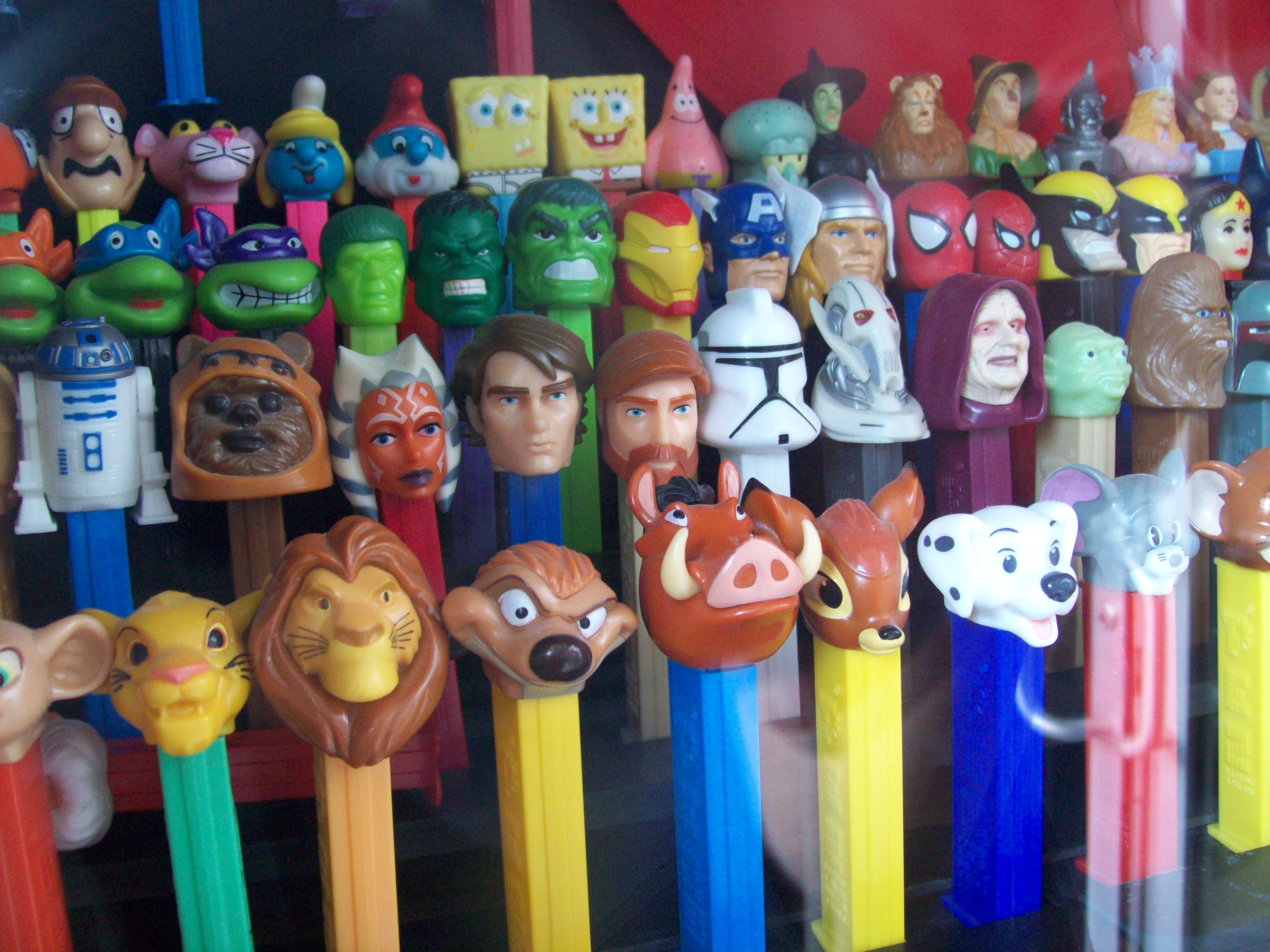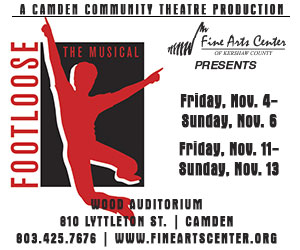
Last week’s First Thursday exhibition at Tapp’s Arts Center featured artist and writer Alex Smith reading from Matt Bell’s moving chapbook “The Collectors,” a fictionalized true story about reclusive brothers Homer and Langley Collyer, whose deaths in their beyond-cluttered Manhattan brownstone in 1947 became apparent only after the stench of their remains wafted into neighboring spaces.
Though the reading was nearly an hour long, I sat riveted, alternately feeling horrified, mesmerized, enchanted, disgusted, melancholy, and, ultimately, thoughtful. If you didn’t catch Smith’s reading, you really missed out. And if you haven’t before heard the story of the ultra-hoarding Collyer brothers, you should read about it. Plenty has been published on the case. In addition to Bell’s manuscript, there’s Ghostly Men by Franz Lidz, and Homer and Langley: A Novel by E.L. Doctorow.
Able to get into the home only through an upstairs window, police literally had to bail thousands of pounds of debris for two hours before discovering the blind invalid Homer’s body. Although Langley’s decomposing body was only 10 feet away, it was not located until two weeks later due to the vast accumulation of junk, which Langley had navigated through bobby-trapped tunnels that are believed to have inadvertently collapsed on him, leading to his death. The paralyzed Homer, with his dead brother unable to care for him, dies several days later, slowly, of hunger and thirst.
All of New York City watched as officials, gagging from the stink, removed more than 130 tons of refuse stacked floor to ceiling from the filthy dwelling: items such as farm tools, musical instruments, newspapers, books, and magazines, old stacked furniture, weapons and ammunition, dressmaker mannequins, old medical equipment, a sewing machine, baby carriages, skeletons of small animals, and even a nearly intact Ford Model T. Newspapers at the time featured photos of the rubbish being set on the curb outside the notorious home.
Author Bell takes exquisite liberties in telling the Collyers’ sad story, artfully setting the scene and communicating what each of the brothers must have been thinking and feeling as their final hours unfolded:
Homer experiences the lack of guideposts, of landmarks, of bread crumbs. He knows his brother is dead or dying and that finding him will not change this, but even though he wants to turn around he’s not sure how. He tries to remember if he climbed the stairs or if he crawled upwards or if he is still on the first floor of the house, just twisted and turned inside it. He tries to remember the right and the left, the up and the down, the falls and the getting back up, but when he does the memories come all at once or else as just one static image of moving in the dark, like a claustrophobia of neurons. He wants to lie down upon on the floor, wants to stop this incessant, wasted movement.
He closes his eyes and leans against the piles. His breath comes long and ragged, whole rooms of air displaced by the straining bellows of his lungs. He smells the long dormant stench of his sweat and piss and shit, come shamefully alive now that’s he’s on the move again.
Somewhere beyond himself, he smells, if he sniffs hard enough, just a hint of his orange peels, the last of their crushed sweetness.
Homer opens his eyes, useless as they are, and points himself toward the wafting rot of his last thousand meals. He holds his robe closed with his right hand, reaches out into the darkness with his left. He puts one foot in front of the other, then smiles when he finally feels the rinds and tapped ash begin to squish between his toes.
He slips, and falls, and crashes into the tortured leather of his favorite chair. He pulls himself up. He sits himself down. He puts his heavy head into his hands.
Smith’s dark, dramatic reading was complemented by photographic slides from the 1947 excavation along with haunting music from William Christopher on keyboards and sound effects from Lucas Sams.
Tapp’s window displays featured artists who assembled various “collections” for public perusal. Among my favorites were Billy Guess’s Barbie-themed dolls and mannequins, Jorge Holman’s assortment of superhero action figures and iconography, and Jenny Maxwell’s collection of old hand-held fans from funerals. Perhaps best of the best, however, was Lyon Hill’s mind-blowing 3-D sketches arranged into a diorama of the Collyer residence accompanied by a looped animation film using dioramic images to dramatize scenes from the brothers’ desperate lives. These can be found in the inside foyer window at the Main Street-facing entrance to Tapp’s.

As the exhibition’s theme says, there is a “Fine Line Between Collecting and Hoarding.” I, too, am a “collector” of numerous odd items, including neckties, blazers, and books. So many books. But the collection I love the most is my art collection, which includes oil, acrylic, and watercolor paintings, sculptures, batiks, handmade ceramic platters and vessels, and mosaics by both local and non-local artists. I probably started collecting art because my father collected. I have paintings he purchased while our military family was stationed in Europe. I have a nearly 50-year-old California redwood tree trunk table my dad bought back in the 1970s. So much stuff, and I won’t part with any of it. Does that make me a collector … or a hoarder?
Many of my friends are artists. Some have neat, organized studios. Others work in complete disarray. I’ve found no rhyme or reason in the working spaces of creative people. More and more, found objects are material fodder for art. A great example of that is Kirkland Smith’s amazing portrait assemblages.
Among the many, many books in my personal “collection” is Southern Writers, published by USC Press in 1997. Page 49 presents a black-and-white photograph of the late James Dickey sitting at his desk surrounded by piles of books all around him, on the desk, the floor, the credenza. I could imagine him trying to peer over the great wall of books to greet a visitor. He had to know the photographer was coming to shoot the picture for the book that day. Was the result of his tidying up? It makes me curious. Was Dickey a book hoarder?
Well, anyway, I digress. And I apologize for the length of this blog entry. Writing can be a lot like “collecting.” Sometimes you just don’t know when to stop.
NOTE: The collectors/hoarders window exhibit is still up at Tapp’s for the next couple of weeks, so check it out. If you’d like to read The Collectors, you can download it for free in pdf at http://www.mdbell.com/collectors/.

Six Days until Jasper Magazine debuts in print!
Until then, please visit us at
www.jaspercolumbia.com
And please be sure to subscribe to this blog – We don’t want you
to miss a thing!






.jpg)
Dear, !!!!!!!!!
! !!!! !! !!!! !!!!! !! !! !!!!! !!!!!! . & !!!!!!! ! !!!!!! !!!!! !! . !!!!!!!! !!! !! ! !!!!!!! !!! !!!!!!!!!!!! !! ! !! !!! !! !!!! !!!!!!! !!! !! . ! !!!! !!!!! !!!!! !! !!!!!! !!! .
Sincerely,
!!!!!!!!!
Dear ???????,
??? ???? ????. ??? ???? ???? ???’?? ?????? ?? ???. ????? ??? ????????? ???? ?? ??? ???????? ???? ??? ???? ???? ??????, ?? ??????.
Best,
Jasper
Dear Mr. Krajewski & Mr. Jasper,
:: :::::::::: :::::: ::: :::: :::::: :::::::: ::: ::: ::::::::::: :::::: :::::::: :: ::. :: :: :: ::::::: :::: ::::: :::: ::: ::: :::::::: ::: :::: :::::: :: :::::::: :::: :: :::::::::: :: :: :: ::::: ::: ::::::: ::: ::::. :::: :: ::: :::: :::: :::.
XO,
Alex